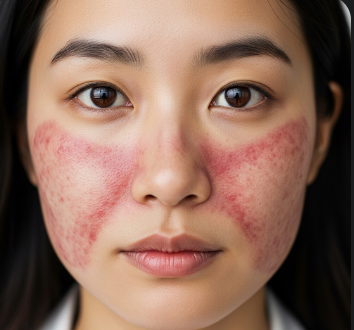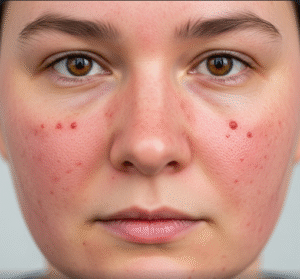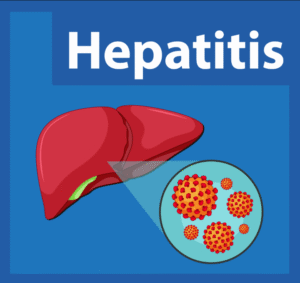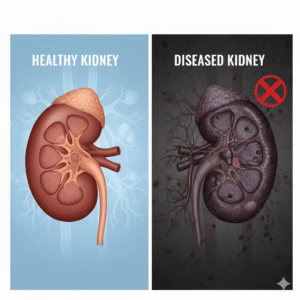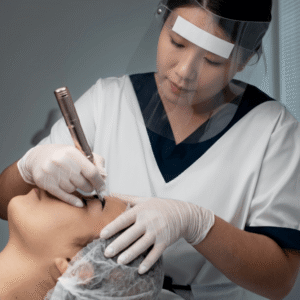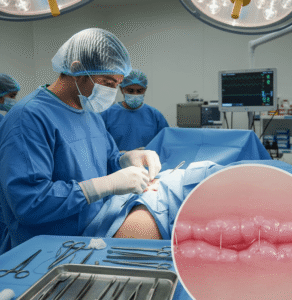Overview
Lupus rash is a common skin manifestation of systemic lupus erythematosus (SLE), an autoimmune disease in which the body’s immune system attacks its own tissues. Lupus rashes can appear on the face, arms, neck, scalp, and other sun-exposed areas, and may be accompanied by other systemic symptoms.
In Korea, dermatology and rheumatology clinics provide comprehensive evaluation and treatment for lupus rash. Early recognition is important because skin manifestations may indicate disease activity and guide systemic lupus management. Treatments range from topical therapies to systemic medications depending on severity.
Key Facts
- ➔ Lupus rash is one of the hallmark symptoms of SLE, affecting 50–70% of patients.
- ➔ The malar or butterfly rash across the cheeks and nose is most characteristic.
- ➔ Other types include discoid rash, photosensitive rash, and subacute cutaneous lupus rash.
- ➔ Rashes often flare with sun exposure or systemic disease activity.
- ➔ Early diagnosis and treatment can reduce skin damage, prevent scarring, and improve overall quality of life.
What is Lupus Rash?
A lupus rash is a visible skin lesion caused by inflammation from autoimmune activity:
- ➔ Malar (butterfly) rash: Red, flat, or raised across the cheeks and bridge of the nose
- ➔ Discoid rash: Round, scaly, thickened lesions that may cause scarring
- ➔ Photosensitive rash: Appears on sun-exposed areas such as face, neck, and forearms
- ➔ Subacute cutaneous lupus rash: Red, scaly patches that rarely scar but may be widespread
- ➔ Clinical significance: The appearance and distribution of lupus rash help clinicians assess disease activity and systemic involvement.
What Symptoms Are Related To
Lupus rash may present alongside other lupus-related or systemic symptoms:
- ➔ Fatigue and malaise
- ➔ Joint pain and swelling
- ➔ Fever
- ➔ Photosensitivity leading to rash flare-ups
- ➔ Hair loss (alopecia) associated with scalp involvement
- ➔ Oral or nasal ulcers
- ➔ Kidney or cardiovascular involvement in systemic lupus
Recognizing these associated symptoms helps guide comprehensive management of lupus.
What Causes / Possible Causes
Lupus rash is caused by autoimmune-mediated inflammation of the skin:
- ➔ Systemic lupus erythematosus (SLE): The most common cause of lupus rash
- ➔ Genetic predisposition: Certain genes increase susceptibility to autoimmune reactions
- ➔ Environmental triggers: Sun exposure, infections, or certain medications can precipitate flares
- ➔ Hormonal factors: Estrogen may influence lupus activity, explaining higher prevalence in women
- ➔ Immune dysregulation: Autoantibodies attack healthy skin cells, leading to inflammation and visible rash
Understanding triggers helps prevent flares and manage skin lesions effectively.
When Should I See My Doctor
Seek medical attention if you notice:
- ➔ A new rash on the face, scalp, or other sun-exposed areas
- ➔ Rash accompanied by joint pain, fatigue, or fever
- ➔ Skin lesions that bleed, scar, or persist for several weeks
- ➔ Flare-ups triggered by sunlight or medications
- ➔ Signs of systemic involvement such as swelling, shortness of breath, or kidney issues
Early evaluation ensures accurate diagnosis, assessment of disease activity, and initiation of treatment.
Care and Treatment
Treatment of lupus rash focuses on reducing inflammation, preventing flares, and managing underlying SLE:
- ➔ Topical therapies: Corticosteroid creams, calcineurin inhibitors, or moisturizers to reduce inflammation
- ➔ Sun protection: Broad-spectrum sunscreen, protective clothing, and limiting sun exposure
- ➔ Systemic medications: Hydroxychloroquine, corticosteroids, or immunosuppressants for moderate to severe rashes
- ➔ Lifestyle modifications: Avoiding triggers such as UV light, stress, and certain medications
- ➔ Regular monitoring: Dermatologic and rheumatologic follow-up to assess treatment response and prevent complications
- ➔ Patient education: Awareness of early flare signs, proper skin care, and adherence to medications
With appropriate treatment, skin lesions can improve, and long-term scarring or pigmentation changes can be minimized.
Treatment Options in Korea
Korean hospitals offer advanced care for lupus rash and systemic lupus:
- ➔ Diagnostic evaluations: Skin biopsy, autoantibody panels, and lupus-specific blood tests
- ➔ Specialist consultations: Dermatologists and rheumatologists for integrated care
- ➔ Topical and systemic therapies: Personalized medication plans based on disease severity
- ➔ Photoprotection guidance: Education on sun avoidance, UV protective clothing, and sunscreen use
- ➔ Multidisciplinary management: Coordination between dermatology, rheumatology, nephrology, and cardiology to monitor systemic involvement
- ➔ Leading hospitals: Seoul National University Hospital, Asan Medical Center, and Samsung Medical Center provide state-of-the-art diagnostics and treatments, ensuring optimal outcomes and reduced complications
In Summary: Lupus rash is a visible manifestation of systemic lupus erythematosus that can indicate disease activity. Timely recognition and treatment in Korea can reduce skin inflammation, prevent scarring, and help manage systemic lupus effectively.
- ➔ Key Takeaway: Persistent or recurring facial, scalp, or sun-exposed rashes should prompt evaluation for lupus.
- ➔ Action Point: Consult dermatology and rheumatology specialists for diagnosis, treatment, and ongoing disease management.

